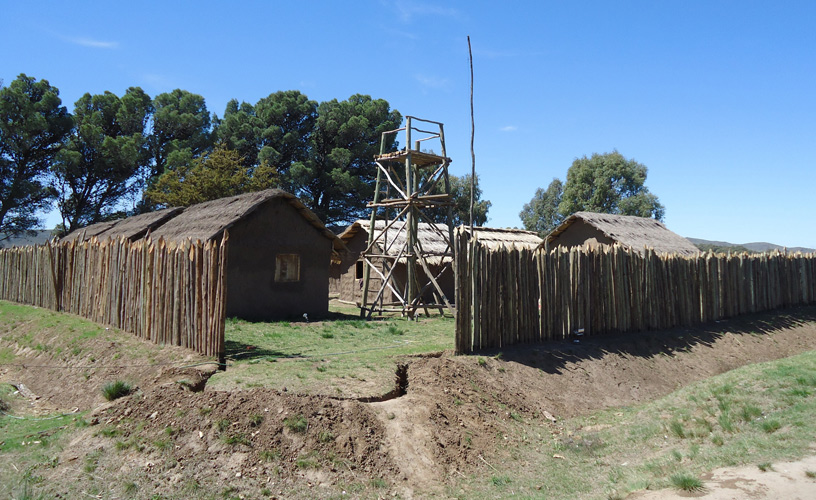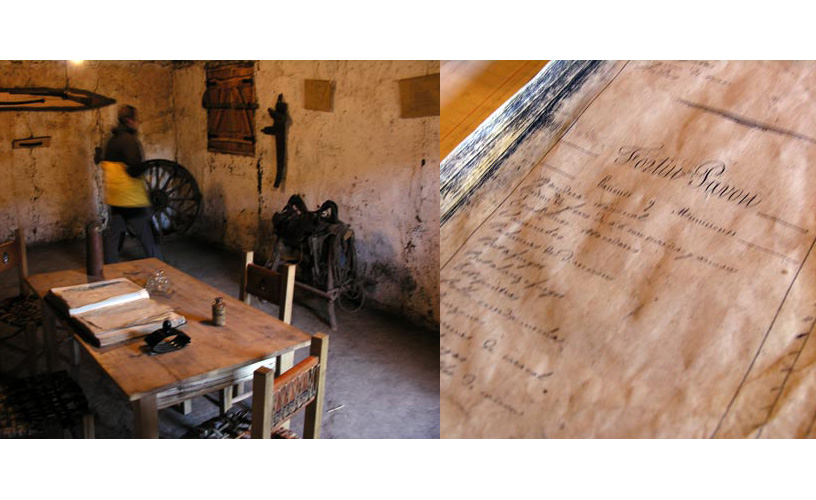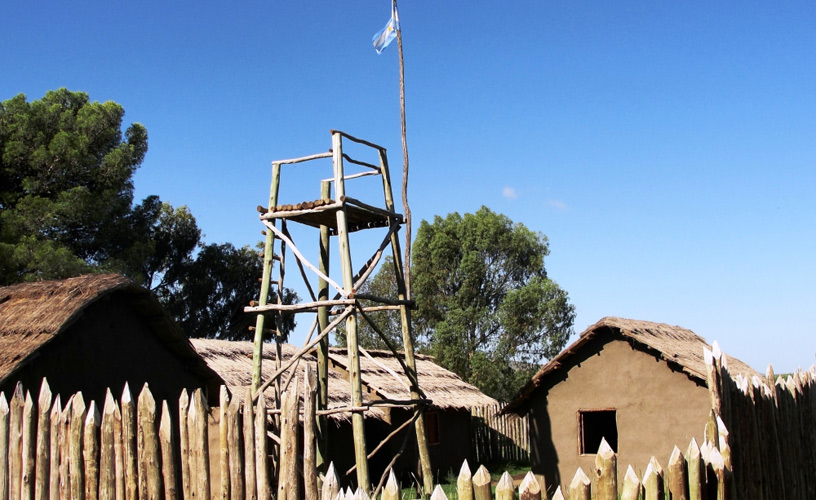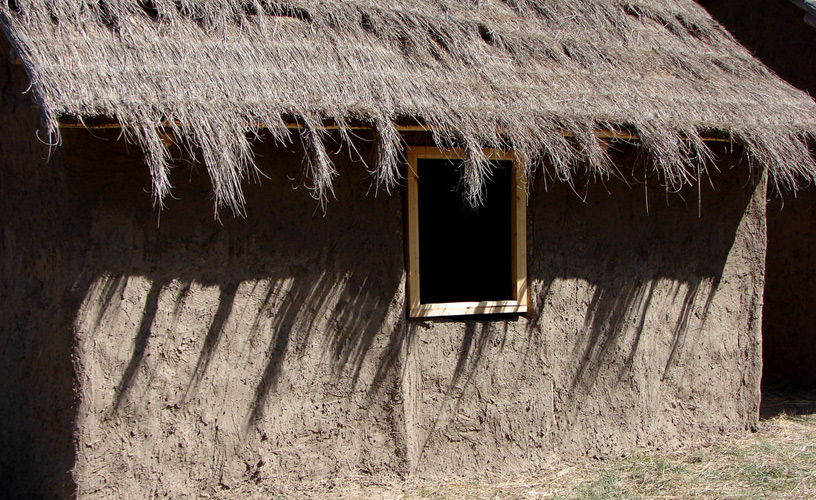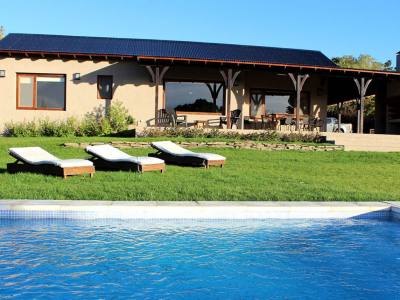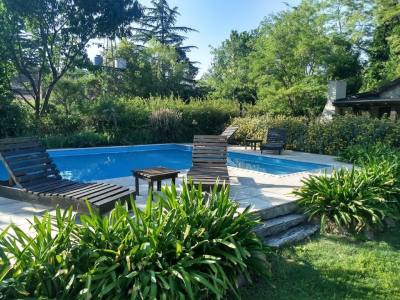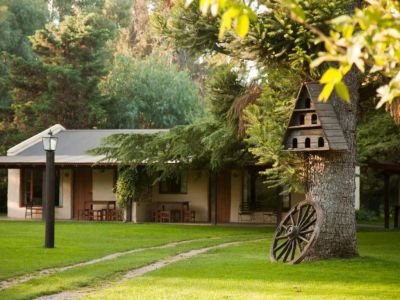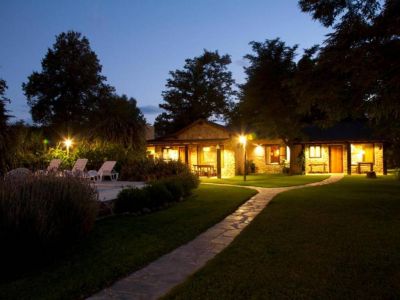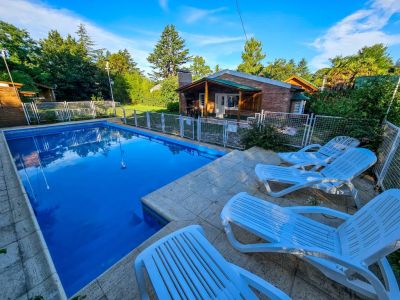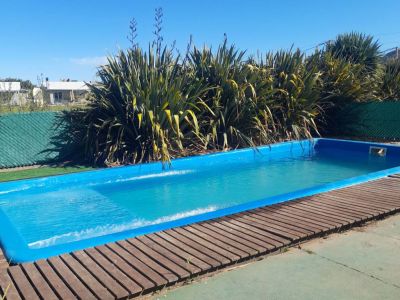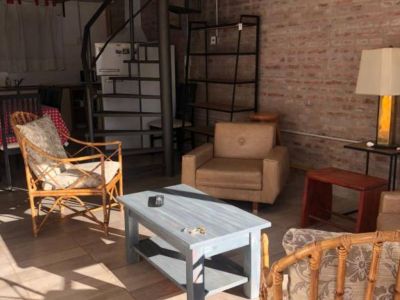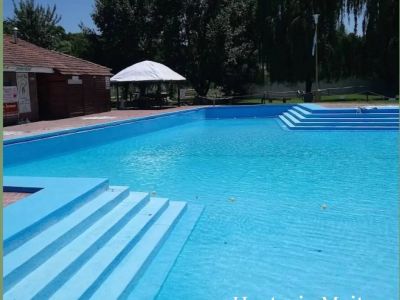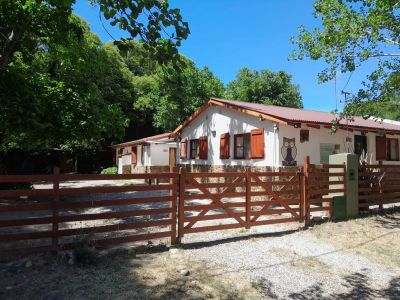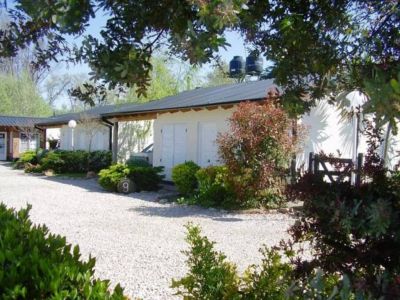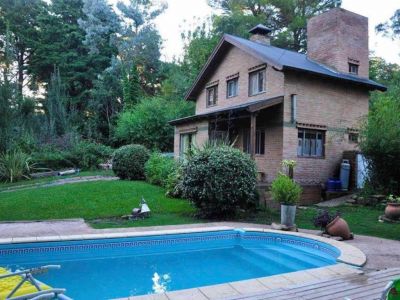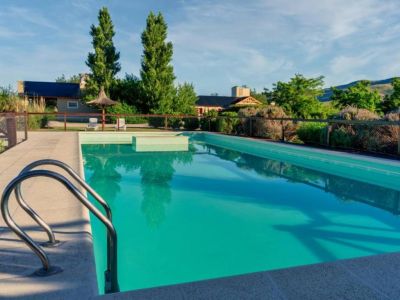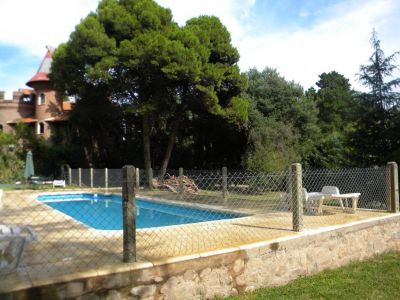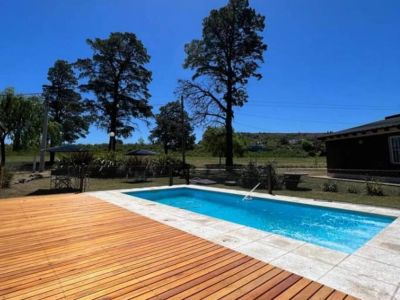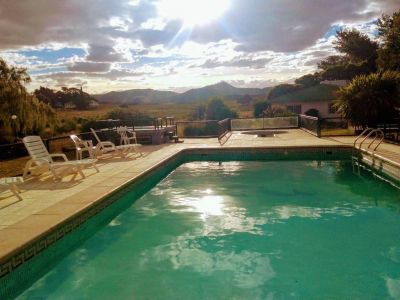Saldungaray inhabitants have always known that the town was born as a military fort. Today, a group of young people shows visitors around the fort in a journey across time.
Being Part of the Patrol
As soon as we told her we wanted to visit the fort, María Clotilde Torrelli picked up the phone and in a few minutes two high school students turned up as volunteers.
Only 1 kilometer from the town, some adobe thatched roof constructions give evidence that nothing and no one is immune to the passing of time. Inside them, it is possible to find pieces of furniture, paintings, personal belongings and objects, and even a huge diary, through which it is possible to learn about the fort activities.
“It is a group of simple shacks, but they hold unique, unimaginable history ”, said Javier before we entered the fort. This time it was his turn, but every young man in Saldungaray knows that every time a visitor asks to tour the fort, there is a volunteer acting as a guide.
The fort panoramic view over the Sauce Grande slopes transports us back to the past to learn how everything was like. Listening to any of The White Patrol members is enough to understand what happened here.
Enthusiastically, Javier explains that by mid 17th century, a group of Chilean native peoples settled down in our pampas. Later on, they would be named “pampas tribes” and they would be the ones who would populate the Ventana System. The mountain range geography offered some physical-environmental characteristics beneficial for human settlement: water, abundant firewood, good pasture lands and even native animals for consumption.
Thus, dozens of tourists who visited the tourist office are now before one of the most important chapters in the history of the Province of Buenos Aires.
Inside the Time Machine
In 1833, Juan Manuel de Rosas made his way with a new Desert Campaign across paths which were still unknown for white men, but not for the Indians. He opened a path joining the Cities of Tapalqué, Azul, Sierra de la Ventana and Bahía Blanca. Furthermore, 20 forts were built together with 20 post stations with military guards that made this campaign results more favorable than the previous ones.
One of these post stations built by Rosas was named “El Sauce” (the willow), since it was placed on the banks of Sauce Grande River. This movement gave origin to new post stations and paths along the Sauce, as well as general and local stores. When Rosas was defeated, the militia was weakened and the Indians took this place again.
The Battle of Pavón sealed the union among the Argentinian provinces and in 1862 the fort was opened again. The fort was renamed Fort Pavón, and it was closed between 1878 and 1879, when Pedro Saldungaray bought the lands where it was settled. His son, Santiago Saldungaray, suggested the creation of a town, and in August 29th, 1900, the City of Saldungaray was legally constituted.
Pablo Etchevers
Pablo Etchevers
Phone: +54 291-4916016
